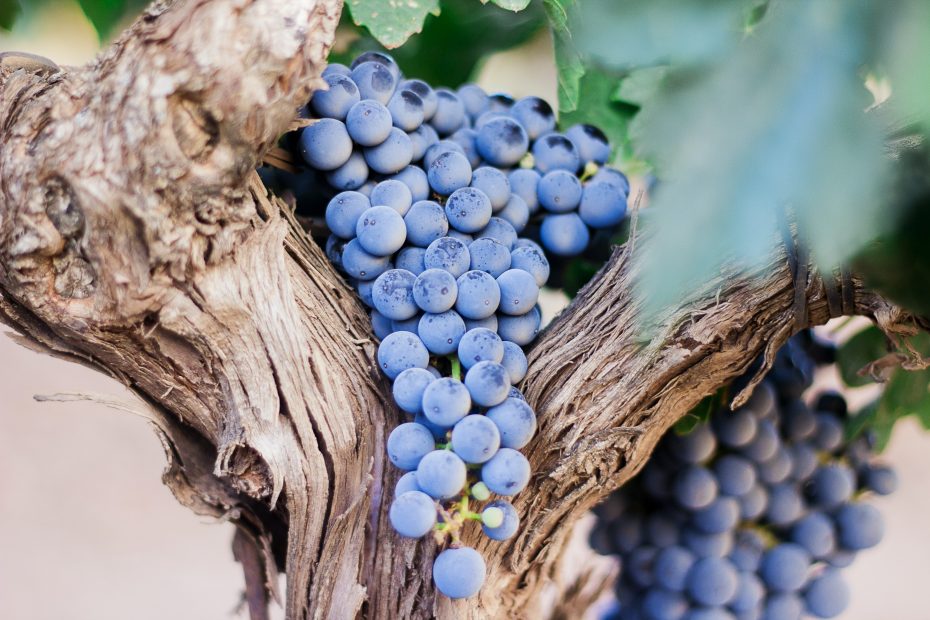Spain is a country with diverse and delicious cuisine influenced by its varied geography and regional cultures. From the coastal regions to the interior plains, each area of Spain offers its own unique culinary traditions using local ingredients. Join me on a journey through the tastes of España, exploring some highlights from each region.
The cuisine of Catalonia in the northeast is defined by its Mediterranean coastline. Seafood features prominently, including dishes like suquet de peix, a fragrant fish stew. The most iconic dish is paella, a saffron rice dish loaded with seafood, meat, beans, and vegetables. It originated near Valencia but is now popular across Spain.
Moving west into the verdant Basque Country, you’ll find pintxos, small bites on bread that are the Basque version of tapas. Wash it down with txakoli, a bright, slightly sparkling white wine made from local Hondarrabi grapes. The cuisine here is anchored by excellent seafood and meat.
Further south lies Andalusia, home to gazpacho and sherry wine. Gazpacho is a refreshing cold soup made from tomatoes, peppers, cucumbers, olive oil, and bread that’s perfect for hot days. Sherry is a fortified wine that ranges from dry to sweet. It’s produced near the city of Jerez de la Frontera.
Castile and León is an expansive region known for roasted meats like suckling pig, lamb, and goat. The central plains are also an important wine producing area, try a bold red from Ribera del Duero.
No culinary tour of Spain is complete without visiting Madrid, the Spanish capital. Cocido madrileño is a hearty stew that simmers meats, chickpeas, and vegetables into a soul-warming dish. Madrid is also the birthplace of Spain’s famous tapas culture, be sure to explore the city’s many bars and sample small bites like fried anchovies, chorizo, and sautéed shrimp.
On the Mediterranean coast, Valencia is the birthplace of paella and still the best place to eat the iconic rice dish. Valencia is also famous for its sweet oranges, which flavor many local desserts and drinks.
The Balearic Islands off Spain’s eastern coast have their own unique cuisine. Ensaimada is a sweet, coiled pastry dusted with powdered sugar. Sobrasada is a soft, spreadable cured sausage with paprika and garlic that’s unique to Mallorca.
Galicia in Spain’s northwest corner is defined by the sea. Seafood dominates the cuisine, especially shellfish like scallops, clams, oysters, and percebes (goose barnacles). Local white Albariño grapes make refreshing, citrusy wines.
Extremadura is an inland region renowned for its Iberian ham and sheep’s milk cheeses like Torta del Casar. Try them with cherry tomatoes drizzled with olive oil for a true taste of the region.
Asturias on the north coast is famous for fabada asturiana, a hearty bean and sausage stew, traditionally made with the region’s white butter beans, morcilla blood sausage, and chorizo. Pair it with cider, Asturias’ iconic drink made from local apples.
Aragon in northeastern Spain is known for its roast meats and olive oils made from the region’s old groves of olive trees. Look for meats cooked over wood fire or wood-fired ovens that add delightful smoky flavors.
La Rioja is one of Spain’s most important wine regions, renowned for its red wines made predominantly from Tempranillo grapes. It also produces Spain’s famous potatoes, which are excellent roasted or used for patatas bravas.
Castilla La-Mancha includes the region of La Mancha, home to Spain’s famous Manchego cheese made from sheep’s milk. Saffron also grows here, adding its distinctive yellow color and flavor to Spanish cuisine.
This quick survey shows the diversity of Spanish food from region to region. Wherever you travel, immerse yourself in the local culinary specialties. Try pinchos in San Sebastián, gazpacho in Córdoba, fabada in Oviedo, paella in Valencia. An exploration of Spanish cuisine promises delightful surprises around every corner. With its coastal seafood, hearty roasts, iconic tapas, and fabulous wines, Spain offers a feast for all the senses. ¡Buen provecho!
Conclusion
Spanish cuisine varies immensely by region, shaped by geography, climate, and local culture. Coastal areas excel in seafood while inland regions developed hearty roasts and stew. Though paella has become Spain’s most famous dish globally, each region retains its own iconic foods and restaurants that capture a unique taste of place. Exploring Spain’s regional cuisines offers an unforgettable and delicious experience.
FAQs
What is paella and where did it originate?
Paella originated in the Valencia region of Spain. It’s a rice dish cooked in a wide, shallow pan and loaded with vegetables, beans, seafood, meat, and saffron. Though paella is now popular across Spain, Valencia is still considered the birthplace.
What types of wine does Spain produce?
Spain produces many excellent wines across a variety of styles. Red wines dominate, especially Tempranillo-based wines from Rioja and Ribera del Duero. Spain also makes fortified wines like sherry and white wines like Albariño from Galicia.
What are tapas?
Tapas are small snacks or appetizers in Spanish cuisine. They can be served for free with drinks at bars or purchased in individual portions. Common tapas include seafood, ham, cheese, meatballs, potatoes, olives, and bread.
What is Basque cuisine known for?
The Basque Country is famous for excellent seafood and meat. Pintxos (small bites on bread) are popular snacks. Iconic dishes include Bacalao al Pil Pil (cod in garlic sauce) and grilled steak.
Where is Manchego cheese from?
Manchego is a famous Spanish cheese made from sheep’s milk. It comes from the La Mancha region in central Spain, particularly around the town of Manzanares. The cheese has a distinctively tangy, buttery flavor.
